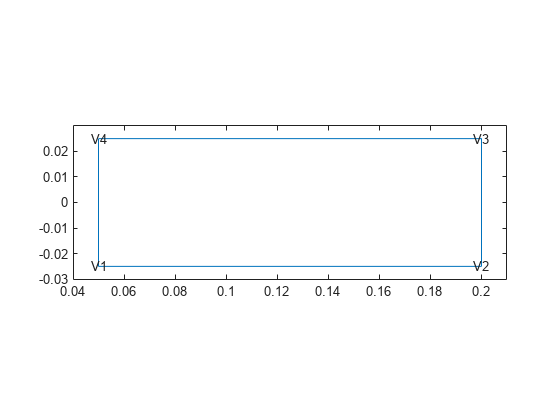vertexBC
Description
A vertexBC object specifies the type of boundary
condition on a vertex of a geometry. An femodel object contains
an array of vertexBC objects in its VertexBC property.
Creation
Description
model.VertexBC(
creates a VertexID) = vertexBC(Name=Value)vertexBC object and sets properties using one
or more name-value arguments. This syntax assigns the specified structural boundary
condition to the specified vertices of the geometry stored in the
femodel object model. For example,
model.VertexBC([2,5]) = vertexBC(Constraint="fixed") specifies that
edges 2 and 5 are fixed boundaries.
Input Arguments
Properties
Examples
Version History
Introduced in R2023a
